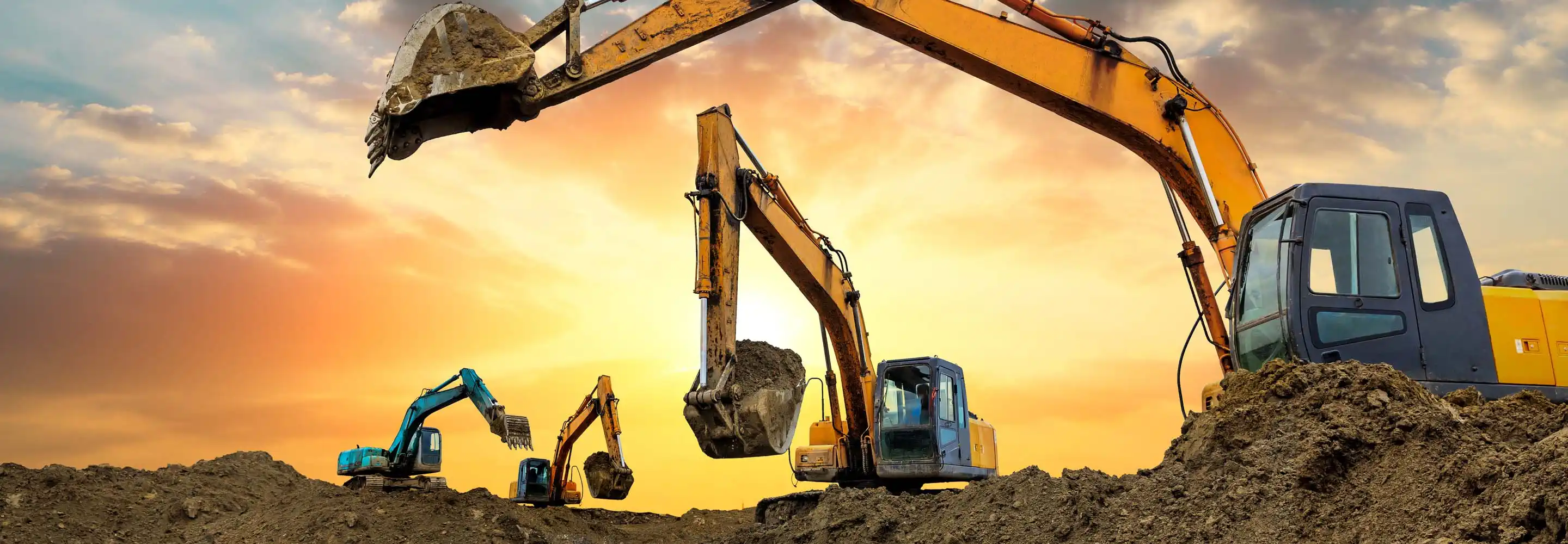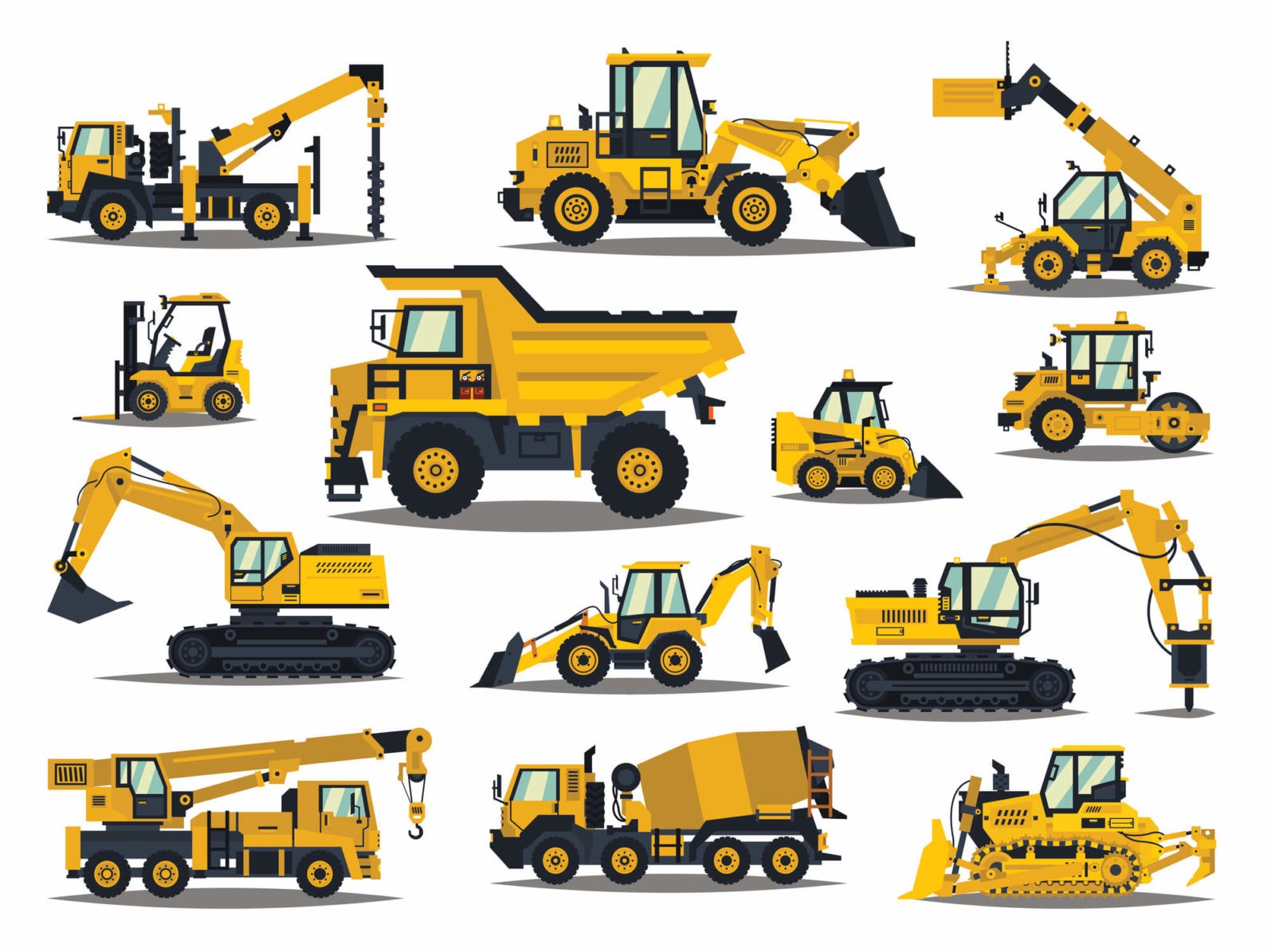Heavy Equipment Rental: High-Quality Equipment for Lease
Heavy Equipment Rental: High-Quality Equipment for Lease
Blog Article
Renting Vs. Acquiring Building Equipment: Making the Right Option for Your Task
When starting a building job, one of the critical choices that project stakeholders and managers face is whether to acquire or rent construction equipment. Both choices have their advantages and disadvantages, making the option an essential one in the project planning process. The decision depends upon various elements such as cost considerations, job period, devices upkeep, adaptability, danger, and scalability monitoring. Each component plays a crucial function in figuring out one of the most appropriate course for the project's tools requirements. boom lift rental. Let's discover these aspects even more to understand exactly how they impact the decision-making procedure and eventually the success of the task.
Price Considerations
When reviewing the economic aspect of buying versus renting building and construction tools, the lasting expenses and upfront prices need to be meticulously taken into consideration. Leasing tools frequently needs lower first repayments contrasted to acquiring, making it an eye-catching alternative for short-term projects or contractors with spending plan restrictions. Renting out removes the need for large funding expenses and decreases the financial danger connected with equipment possession, such as upkeep and depreciation expenses. Nonetheless, in the future, continuously leasing devices can collect higher prices than buying, specifically for prolonged jobs.
On the other hand, purchasing construction equipment entails higher in advance prices yet can result in long-lasting savings, particularly for constant individuals or lasting jobs. Possessing devices offers flexibility, benefit, and the potential for resale value once the job is completed. Furthermore, owning equipment allows for modification and knowledge with certain equipment, possibly raising efficiency and performance on-site. Inevitably, the choice in between leasing and getting building and construction tools depends upon the job's period, frequency of use, budget considerations, and long-term financial objectives.
Job Period

On the other hand, for lasting jobs or recurring building and construction work, purchasing equipment could be the more affordable alternative. Purchasing devices can bring about cost savings in the future, particularly if the tools will be frequently used. Furthermore, having devices provides a feeling of control over its accessibility and permits for modification to fit certain project demands.
:max_bytes(150000):strip_icc()/Balance_Must_Have_Earth_Moving_Construction_Heavy_Equipment_844586-c5b6ac9e5c074c11ad41e9acaea8f099.png)
Equipment Maintenance
Provided the important function job period plays in figuring out the most cost-effective approach between getting and renting building and construction equipment, the focus now shifts towards examining the important aspect of equipment upkeep. On the other hand, possessing devices calls for a proactive approach to maintenance to protect against failures, make certain safety, and extend the devices's life expectancy. Inevitably, a well-maintained building equipment fleet, whether leased or had, is important for the successful and reliable completion of building and construction tasks.
Adaptability and Scalability
In the realm of building equipment management, the element of versatility and scalability holds considerable importance for job performance and resource application. Deciding to lease building equipment provides a high level of adaptability as it allows for the quick change of tools kinds and quantities based on the progressing requirements of a job.
In addition, scalability, another crucial element, is inherently connected to adaptability. Renting out construction equipment uses the benefit of conveniently scaling procedures up or down as project needs vary. Contractors can swiftly trade or include equipment to match the task's changing requirements without the restraints of having assets that may end up being underutilized or outdated. This capacity to range sources successfully can lead to price financial savings and boosted job timelines, making leasing a desirable choice for jobs needing versatility and responsive resource allotment.
Risk Monitoring
Effective threat monitoring in building and construction equipment procedures is paramount to ensuring task success and mitigating potential monetary losses. Building and construction tasks inherently entail different risks, such as tools failures, crashes, and project hold-ups, which can substantially affect the task timeline and budget. By thoroughly taking into consideration the dangers connected with owning or renting out construction tools, job managers can make educated decisions to decrease these possible threats.
Renting out construction devices can use a degree of risk mitigation by transferring the obligation of official site maintenance and repairs to the rental business. This can decrease the monetary worry on the job owner in case of unanticipated devices failures (mini excavator rental). In addition, leasing gives the versatility to gain access to specific devices for details project phases, reducing the threat of possessing underutilized equipment
On the various other hand, possessing construction devices gives a feeling of control over its usage and upkeep. Nonetheless, this also implies bearing the full obligation for fixings, maintenance costs, and depreciation, enhancing the financial risks connected with tools possession. Cautious threat analysis and factor to consider of elements such as project duration, devices use, and upkeep needs are essential in determining the most ideal alternative for reliable danger view monitoring in building projects.
Conclusion
Finally, when determining in between purchasing and leasing building and construction equipment, it is very important to consider cost, job period, tools upkeep, flexibility, risk, and scalability monitoring. Each aspect plays a vital function in determining the most ideal option for the task at hand. By thoroughly assessing these aspects, project managers can make an enlightened decision that aligns with see post their budget, timeline, and total task goals.

Report this page